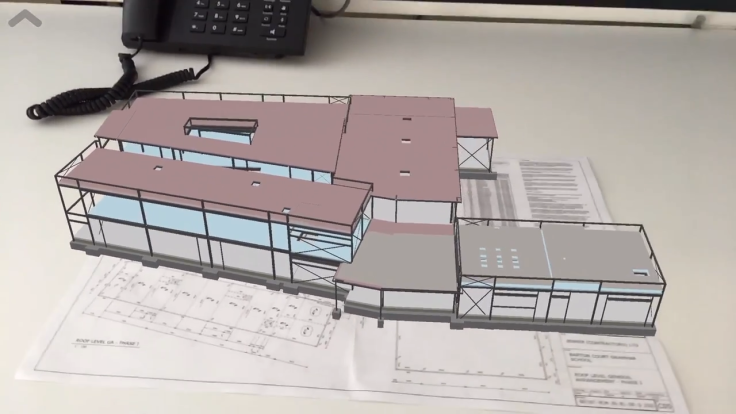Industries Where Augmented Realty Is Making An Impact Today

The path from “innovative and next-generation” to “practical and commercialized” can be difficult for any industry, especially with respect to emerging technologies. For years, both virtual reality (VR) and augmented reality (AR) have generated excitement from technology enthusiasts and venture capitalists, as well as those seeking to incorporate these capabilities into their respective industries.
The early adopters are who you may expect: gaming and entertainment. Facebook famously purchased Oculus, a VR gaming company, for $2 billion! The race was on, as other tech platforms and companies sought to do the same.
This upward trend resulted in sky high valuations for AR and VR companies, many of which demonstrated exciting potential and sizzling video highlights, but lacked practical use in everyday business. Predictably, some of those tech unicorns struggled, and those who raised millions or hundreds of millions soon shuttered their doors or sold off their assets.
By contrast, there are industries where AR has flourished. Some, like architecture, engineering and construction, are sectors not commonly associated with emerging technologies. In these sectors, AR has become a new media vehicle for consumption because of its immediate value and practicality when incorporating into every day processes. For example, architects traditionally work in 2D, using flat blueprints to showcase depth, multiple stories, varying materials, and more details of carefully planned design. That need for comprehensive design will never go away.
Augmented reality doesn’t necessarily represent a change in the need for such comprehensive design, it represents a new way of achieving that objective. Using AR, architects and engineers can go beyond the blueprint and create an interactive model of their design. This creates significant value in both the detail provided to the designer, as well as unlocking efficiencies during the construction itself to ultimately reduce costs.
Consider this: Have you ever looked at a blueprint and thought “what does this all mean?” Most likely, you’re not alone. Now envision being able to portray the project as it would exist in the real world, as is, right in front of you! This eliminates the guessing game of “is our bedroom too small?” which occurs when reviewing something on paper, versus being able to “step into” the room to walk around and get a better feel for its natural space.

The concept is quite similar when it comes to the actual construction of those designs because now, instead of just eliminating inefficiencies and reducing cost, a greater goal of construction safety can be incorporated as well. This line of thinking can also be applied in other industries that require physical labor, such as manufacturing. Imagine onsite job training where the workforce doesn’t need to read confusing directions or take risks because of building uncertainties. AR provides hands-on job training by enabling workers to practice using high powered tools, climbing scaffolding, moving materials, and other tasks without the risk of doing it wrong or causing potential injury.
Five or six years ago, augmented reality technologies required implementation and oversight from sophisticated programmers and coders. Now? A number of AR platforms have enabled simple processes to incorporate AR experiences into day to day work functions. This is a very prominent reason why AR has succeeded in specific industries — the simple adaptation and immediate practicality ensure there is value to the end user.
Other industries should take note. Augmented reality doesn’t require all the glitz and glamour that entertainment and gaming have positioned it as. By making it accessible to designers and product managers, AR has jumped a barrier that should spur adoption in other industries at the enterprise level, but also with consumers themselves.
Everyone is talking about how to make AR part of the e-commerce experience. Online retailers are constantly looking to empower customers with more resources to ensure they purchase the right product, which not only drives revenue but also cuts down on shipping and returns, an expensive byproduct of digital purchasing.
For this reason, as e-commerce companies expect to unlock value in AR, brands should look to the tried and true use cases of AR success in design and construction, achieving practicality and ease of implementation.
Matan Libis is CEO of WakingApp, an augmented reality toolset that enables developers and designers to rapidly create AR experiences.
© Copyright IBTimes 2025. All rights reserved.





















